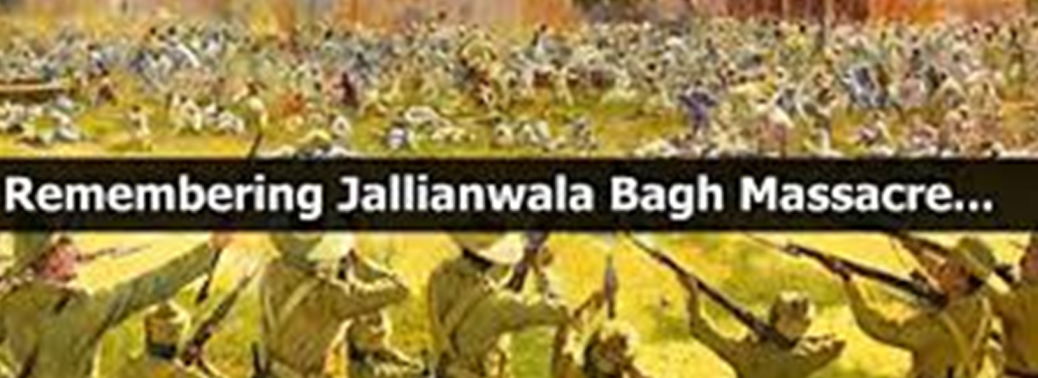REMEMBERING JALLIANWALA BAGH
14, Apr 2020

Prelims level : History – Modern India
Mains level : GS-I The Freedom Struggle - its various stages and important contributors /contributions from different parts of the country.
Why in News?
- The Prime Minister of India had paid tributes to the martyrs of the Jallianwala Bagh massacre on the day of commemorating 101 years of the incident.
- Jallianwala Bagh Massacre, also called Massacre of Amritsar was an incident on April 13, 1919, in which British troops fired on a large crowd of unarmed Indians in an open space known as the Jallianwala Bagh in Amritsar in Punjab.
Background Info:
- By the end of WW-II, expectations were high among the Indian populace that those measures would be eased and that India would be given more political autonomy.
- The Montagu-Chelmsford Report, presented to the British Parliament in 1918, did in fact recommend limited local self-government.
- But the British government of India enacted a series of repressive emergency powers that were intended to combat subversive activities.
- Further, the then government of India passed what became known as the Rowlatt Acts in early 1919, which essentially extended the repressive wartime measures.
- The acts were met by widespread anger and discontent among Indians, notably in the Punjab region. Gandhi in early April called for a one-day general strike (Rowlatt Satyagraha) throughout the country.
- In Amritsar the news that prominent Indian leaders (Satya Pal and Saifuddin Kitchlew) had been arrested and banished from that city sparked violent protests on April 10, in which soldiers fired upon civilians and angry mobs killed several foreign nationals.
- A force of several dozen troops commanded by Brig. Gen. Reginald Edward Harry Dyer was given the task of restoring order. Among the measures taken was a ban on public Gatherings.
On the day of the Massacre:
- On the afternoon April 13, a crowd of at least 10,000 men, women, and children gathered in the Jallianwala Bagh, which was nearly completely enclosed by walls and had only one exit.
- It is not clear how many people there were protesters who were defying the ban on public meetings and how many had come to the city from the surrounding region to celebrate Baisakhi, a spring festival.
- Dyer and his soldiers arrived and sealed off the exit. Without warning, the troops opened fire on the crowd, reportedly shooting hundreds of rounds until they ran out of ammunition.
- It killed several hundred people and wounded many hundreds more. It marked a turning point in India’s modern history, in that it left a permanent scar on Indo-British relations and was the precursor to Mahatma Gandhi’s full commitment to the cause of Indian nationalism and independence from Britain.
Reaction of Indians:
- Gandhi soon began organizing his first large-scale and sustained nonviolent protest (satyagraha) campaign, the Non Cooperation Movement (1920–22).
- The then government of India ordered an investigation of the incident (the Hunter Commission), which in 1920 censured Dyer for his actions and ordered him to resign from the military.
- The Bengali poet and Nobel laureate Rabindranath Tagore renounced the knighthood that he had received in 1915.






